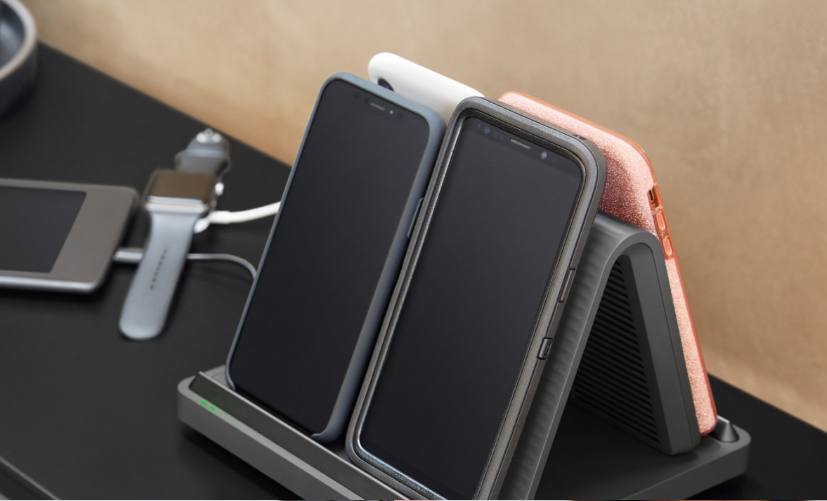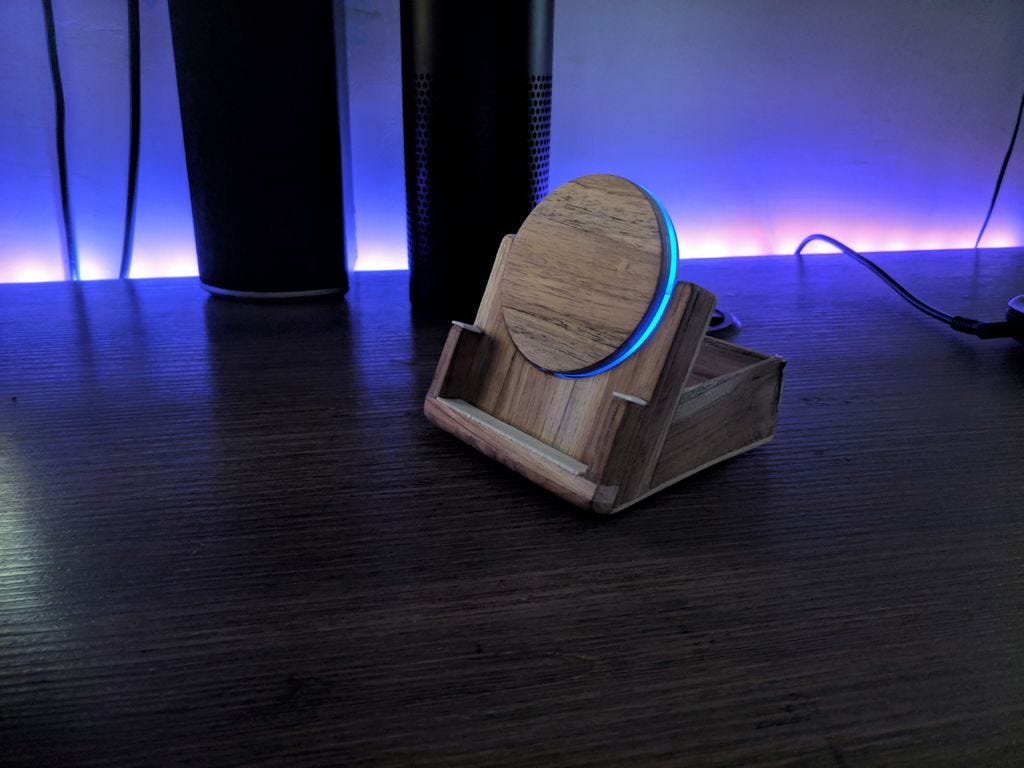Precisely 1 year ago, on June 18th, 2019, I published a blog post discussing whether wireless chargers were any good. That was mostly due to the obsession with the technology at the time.
In it, I looked into several aspects that mattered to me and the average consumer. My research looked into price, efficiency, and safety. And while they met many people’s criteria, they didn’t do much for me.
In this new post, I’ll be revisiting the topic of wireless chargers. Seeing if anything changed, for the better or worse (and maybe get myself one or two).
A Quick History/Introduction to Wireless Chargers
The first wireless charger was released way back in 2009 by Palm, called Touchstone. The average wireless charger charges devices by electromagnetic induction, which was studied heavily in the 18th century by Nikola Tesla and Michael Faraday.

The process uses two coils, a transmitter coil inside the charger and a receiver coil inside the device. However, the charging pad itself needs to be connected via wire to a power source.
Up until this point, everything looked great! But wireless chargers failed the test for me due to 4 reasons:
First, for a device to charge, the coil inside it needs to align perfectly with the one inside the charger, which proved to be tricky. It meant that any shift or slip could easily disconnect your device.
Second, time. Most readily-available wireless chargers a year ago had low wattage compared to old-school charging cables. The lower the wattage, the slower the device charges.
Third, lack of efficiency. Generally speaking, electromagnetic induction isn’t the best method for transferring electricity, as it results in significant power waste. Besides, wireless chargers proceed to draw power as long as they’re plugged in, even if nothing is charging.
Fourth, price. While the price range for wireless chargers last year was pretty wide, a decent charger, that minimizes the issues mentioned above, easily sells for anywhere over $100. Not to mention, the majority of phones and devices back then didn’t have an induction coil embedded. This meant either having to purchase a whole new phone that supports wireless charging or splurge on a specialized phone case with the wireless charging feature.
Wireless Chargers Now, in 2020
This is a good time of the year to visit the technology available to consumers in 2020 as we’re right in the middle of the year. Sure, further advancements are bound to arise later on, but the first half still counts for something.
I’ll be covering the same points I covered before to keep things consistent. Except for Apple’s AirPower. It gets its own post.
Alignment

While pad-shaped chargers still make a big chunk of wireless chargers, new designs now either have grooves for where devices (mainly phones) sit or are shaped as a vertical stand.
Recently, some high-end chargers managed to find their way around this hurdle. Spansive Source is a vertical wireless charger that doesn’t require precise alignment.
Spansive describes the charger on their website as:
In addition to being able to charge 4 devices wirelessly at the same time, plus 2 wires, Spansive Source comes in a minimalistic design that appeals to many.
Charging Time

The average wattage of a wireless charger generally increased the past year. However, it’s Huawei’s SuperCharge Wireless Charger that manages a great jump with a stand charger that maxes out at 40 watts. In addition to supporting both vertical and horizontal charging, it provides high charging speeds for tablets and phones for when you’re in a hurry.
Efficiency

The power efficiency of wireless charging still hasn’t changed much. Wireless chargers are only 70% as efficient as directly-wired chargers, which are only 85% efficient themselves.
Price

While the price range is still generally the same, where you can get a wireless charger anywhere from $20 to over $100 from luxury brands, the device’s prices have dropped. A $150 wireless charger bought a year or so ago isn’t worth as much now.
Not to mention, wireless charging is now embedded into a wider variety of devices than before. And with different brands and qualities, come different price-points, making it accessible to more people than before.
Also, the option of getting a case for your device, instead of getting a whole new one, is widely available now at lower prices and fun designs!
Bonus Point: Aesthetic Appeal

This might as well be the MOST important point to address, After all, most people’s interest in wireless chargers started mainly because they looked much cooler than a simple plugged-in device. So, it’s only natural that as the functionality of wireless chargers advances, so does their aesthetic appeal.
While some companies offer sleek designs in both neutral and fun colors, many are opting to make their own wireless charging stations that match their personal style.
One example is starting completely from scratch. A tutorial by Maggie Shah written in Instructable Circuits offers a step-by-step guide on how to create a wireless charging stand starting at the charging pad itself. The finished product features a sleek wood design that could be altered during the making process to fit different styles.


Another example is the use of 3d printers to create your custom design. A YouTube video, made by the DIY channel EvanAndKatelyn, shows the process of how they made their own wireless charger that fits their style.
But instead of creating their charger from scratch, they created a sufficient room inside to insert an averagely-priced charging pad. This means that the charging pad can be easily replaced when damaged or when you want an upgrade without having to start from scratch with your design.

This type of design works around the issue of device alignment as it has the right fit for the device, making sure it always lands in the right spot and doesn’t move around easily.
Final Verdict: Things are much better now, give it a go! Just please don’t toss out your wire charger.

